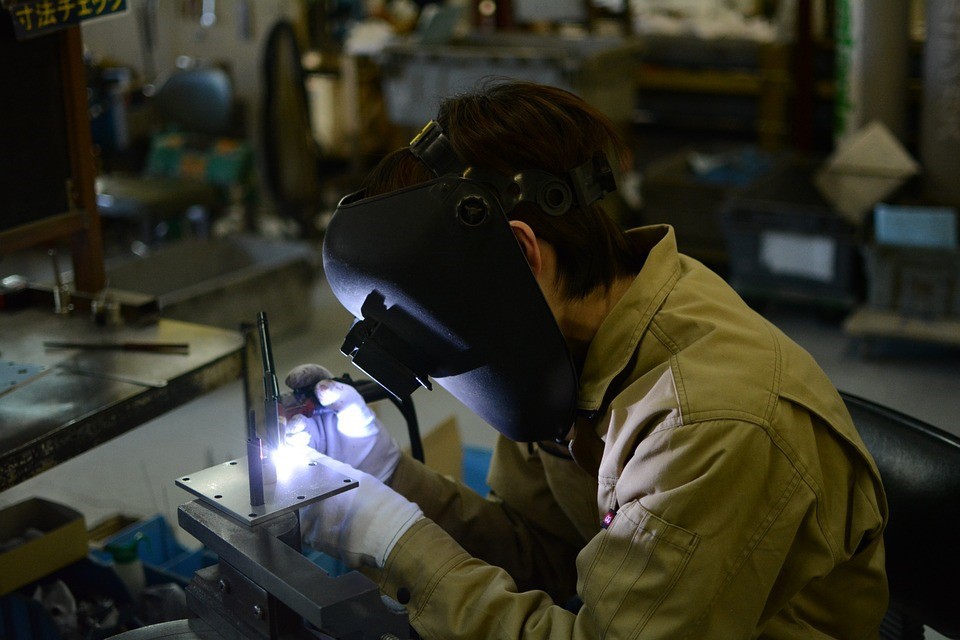
 |
Mark Sennett
Managing Editor |
 |
Kelly Rose
Editor |
| Home> | Breathing Safely | >Dust and Fume Extraction | >Safety hazards in welding |
| Home> | Plant & Machinery | >Welding Equipment | >Safety hazards in welding |
Safety hazards in welding
02 November 2017
There are various techniques involved in the welding industry – manual metal arc welding, tungsten inert gas welding, flux cored arc welding and spot welding, among others. Due to the many materials and different equipment used, this creates a potentially hazardous working environment.

Exposure to ultraviolet (UV) radiation is common in the industry – generated by arc welding. Frequent exposure to arc rays can be damaging to the eyes and it may cause eye burn – commonly referred to as ‘arc eye’ or the ‘welder’s flash’.
Excessive exposure to UV radiation can cause extreme eye discomfort, while continuous exposure can lead to permanent eye damage. Part of a welder’s personal protective equipment (PPE) includes proper eye shading to defend against the hazards of radiation – either in the form of helmet-type shields or hand-held face shields.
Employees in the industry are often in close contact with welding equipment that is operated electronically. As the job entails joining materials that are in metal form, this exposes workers to electric hazards that can cause minor to serious injuries.
Secondary voltage shocks are the most common type of electric shocks in welding, which can range from 20 to 100 volts. By following preventive measures, you can ensure that your employees are protected against secondary voltage shocks: Wear welding gloves that are dry and in good condition; Inspect the electrode holder before beginning to weld; Keep the welding equipment in good condition; Do not touch any welding equipment with skin or wet clothing.
Molten metals and sparks can cause intense heat, which can lead to fire or even an explosion once in contact with any combustible material or flammable gas. When welding, avoid working in areas that are near fuels or hydraulic lines; keep combustible materials away from the work area; before welding, workers must use fire-resistant shields around the work area.
Welding fumes can be hazardous to operators, visitors and other industrial employees; causing a range of health issues. The compounds that are being burned during the welding process contain harmful substances and inhalation or exposure can be detrimental to our health.
To promote a safe and productive welding environment, workers should wear the proper PPE. Good ventilation and efficient fume extraction systems should also be fitted in the workplace, especially when working in a confined space. Extraction systems are specially made to prevent the inhalation of welding fumes and gases – by absorbing and filtering them.
With a range of fume extraction systems that are reliably effective, such as those available from AirBench, welding smoke inhalation and exposure to harmful gases and fumes can be significantly reduced.
- AirBench announces new BDS range for solvent mist capture
- Modular containment booth
- Highly efficient modular booth
- Welding and grinding extraction system
- Airbench launches Modrack modular accessory system
- AirBench's new wet downdraught bench
- Dusts captured
- Fume and dust extraction
- AirBench celebrates 25 years
- New blowdown station























